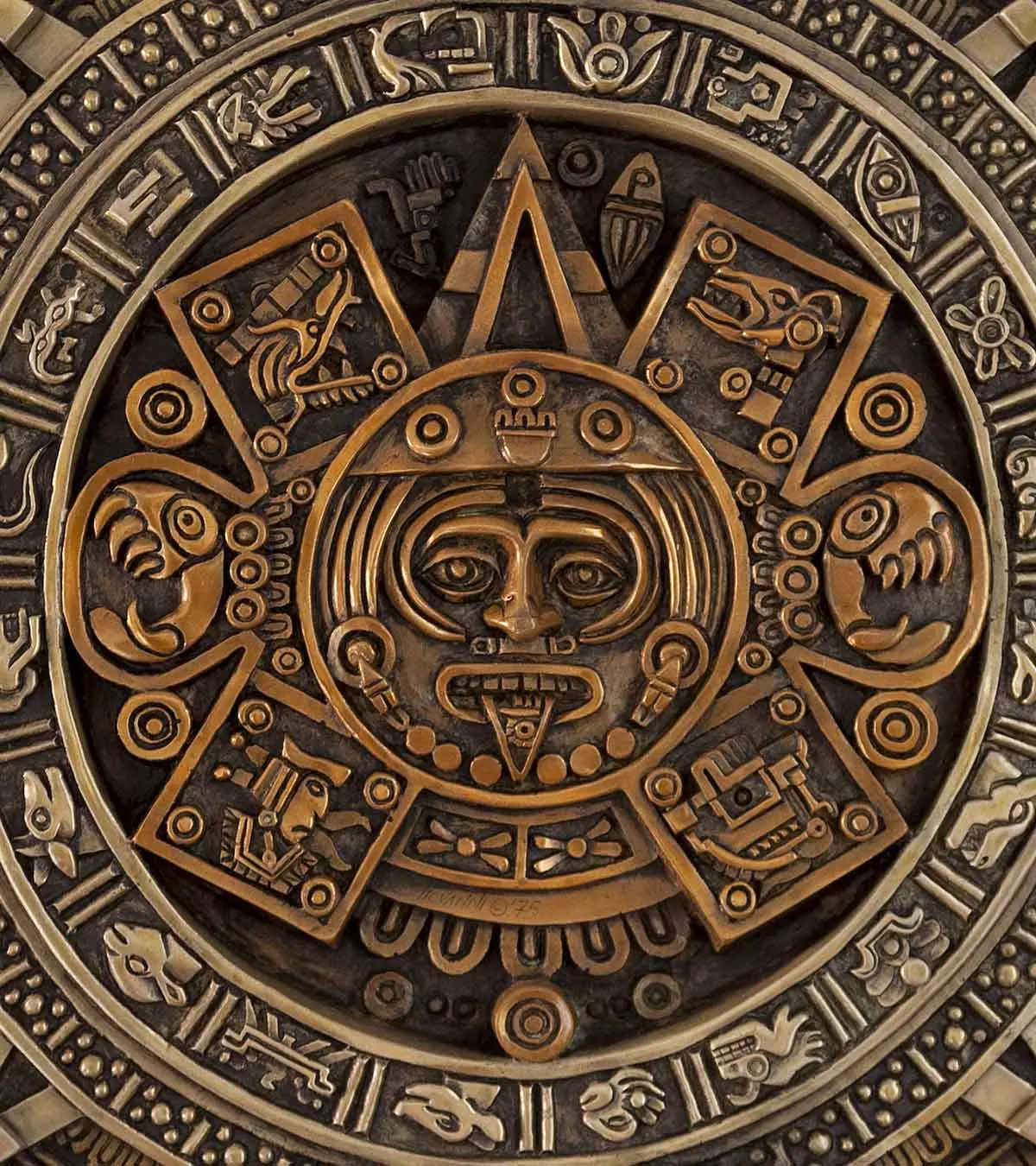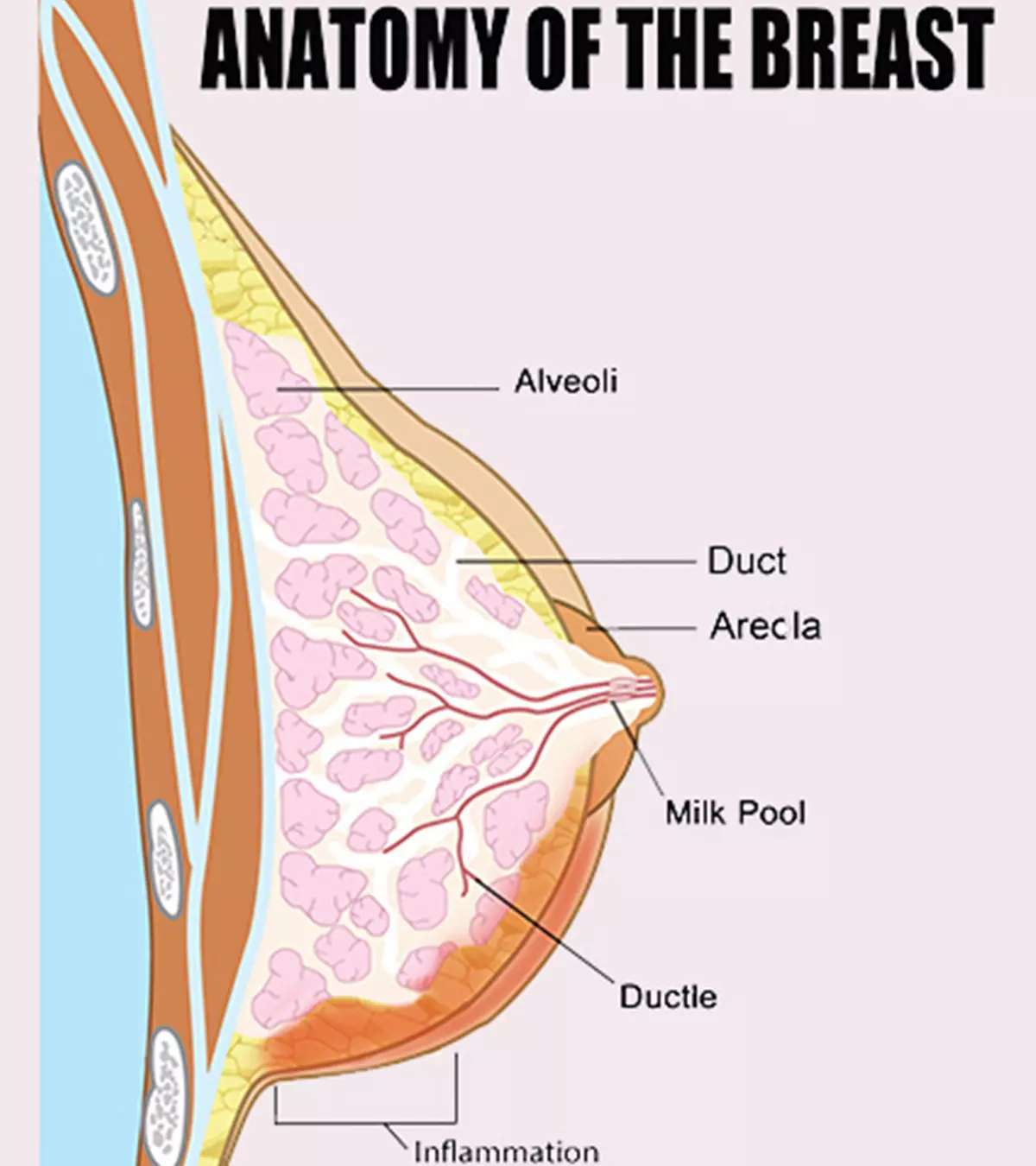

Image: Shutterstock
Pluto was considered the ninth planet of the solar system. It is the largest dwarf planet and the second closest dwarf planet to the Sun. So if you are looking for facts about Pluto for kids, you are at the right place. Named after the Greek god of the underworld, Pluto was reclassified from a planet to a dwarf planet in 2006. Discovered in 1930, the dwarf planet is one-third of water. This post explores several intriguing facts about Pluto that will keep your child hooked.
What Is Pluto Like?
Pluto’s surface is a complex and mysterious world with mountains, craters, plains, valleys, and glaciers. Pluto’s mountains are vast blocks of ice, and their height varies between two and three kilometers. Studies indicate that a few mountains contain a layer of frozen gases, such as Methane.
Here are some more interesting attributes of Pluto.
- Pluto’s most giant moon: Charon is almost half the size of Pluto. Due to its massive size, Pluto and Charon are often called the double planet. Pluto’s radius is a mere 715 miles (1,151km), which is almost one-sixth of Earth’s radius. Pluto is tiny, only about half the width of the United States (1).
- Pluto’s temperatures: Due to the enormous distance from the Sun, Pluto’s temperatures are frigid and harsh. The surface-atmosphere of Pluto is as low as -270 degrees Celsius.
- Tidal locking: An interesting phenomenon called tidal locking occurs on Pluto. Charon, the largest moon of Pluto, takes 153 hours to orbit Pluto. Pluto takes almost the same time to complete one rotation. This means no rising or setting of the moon. The Charon always hovers at the same spot on Pluto. This phenomenon is often referred to as tidal locking.
- Pluto’s orbit: Most solar system planets orbit the Sun in an almost circular path with the Sun at the center. However, Pluto’s orbit is elliptical and tilted. Due to its rotation, Pluto’s distance to the Sun is lesser than Neptune’s.
- Kuiper Belt: NASA defines the Kuiper Belt as a donut-shaped region of icy bodies beyond the orbit of Neptune. There may be millions of these icy objects, collectively referred to as Kuiper belt objects (KBOs) or trans-Neptunian objects (TNOs), in this distant region of our solar system (2).
- Moons: Pluto’s size is smaller than several other celestial moons, such as Earth’s Moon, Europa, Ganymede, Callisto, Titan, and Triton. It is two-third the size of Earth’s Moon but 12,000 times farther away.
Why Is Pluto Not A Planet?
The International Astronomical Union (IAU), a worldwide organization of astronomers, reclassified Pluto as a dwarf planet. IAU defines a planet as a celestial body that has the following qualities (3).
- It should orbit the Sun.
- It must have sufficient mass for its gravity to overcome rigid body forces so that it assumes a hydrostatic equilibrium, that is, have a nearly round shape.
- It should have cleared the neighborhood around its orbit, which means it must be the principal celestial body with gravitational force in its orbit.
Pluto does not satisfy the third criterion. If Pluto cleared the neighborhood, then it would have been able to consume or sling other celestial objects away from their orbit. However, Pluto is unable to do so due to the superior gravitational force of Neptune. Therefore, Pluto has been stripped of planet status.
If a celestial body satisfies the first two criteria but fails the third criterion, it is considered a dwarf planet. While there is a considerable debate on calling Pluto a dwarf planet, it is, at least, no more officially considered a planet.
Which Sentence Best Describes Pluto?
Pluto, once the smallest planet, now reclassified as a dwarf planet, has five known moons and orbits the Sun just like other planets.
In the next section, we present more such facts about Pluto.
30+ Facts About Pluto For Kids
- Pluto was not discovered until the year 1930.
- Pluto was discovered by Clyde Tombaugh when he was just 24 years old.
- While Earth takes 365 days, 5 hours, 59 minutes, and 16 seconds to revolve around the Sun, Pluto takes 248 years to revolve around the Sun.
- Pluto was part of the solar system long before it was discovered. The age of Pluto is considered to be four billion years.
- The distance between Pluto and Sun is 3.7 billion miles (5.9 billion kilometers).
- The speed of the light is 299,792 kilometers per second. While it takes approximately 8.3 minutes for the sunlight to reach Earth, it takes 5.5 hours to get to Pluto.
- Pluto was named after the Roman god of the Underworld. Pluto was equivalent to the Greek Hades and was named by an 11-year-old girl, Venetia Burney.
- Pluto has five moons – Charon, Nix, Hydra, Kerberos, Styx. Each of these moon names has mythological and historical significance.
- Charon was discovered in 1978 by James Christy and Robert Harrington.
- The majority of Pluto’s moons are discovered recently. Nix and Hydra in 2005, Kerberos in 2011, and Styx in 2012.
- Pluto is the largest dwarf planet. Eris is its closest competitor.
- There is confusion regarding the size of Pluto and Eris, and a few consider Eris to be larger.
- Pluto’s mass is made up of ice and rock. While ice is 30%, the rock is 70%
- The tiny sizes of Pluto and its moons make it difficult to spot them from Earth without specialized equipment.
- The New Horizons spacecraft was launched on Jan 19, 2006, by NASA to fly by Pluto and its distant moons. The spacecraft flew by Pluto on July 14, 2015.
- Pluto is known for its unusual orbit shape. The orbit is inclined 17 degrees and is elliptical.
- The valleys and troughs found on Pluto are as long as 370 miles (600km).
- Pluto’s mass is calculated to be 0.00218 times Earth, around 1.303 x 1023 kilograms.
- “Plutoid” is the name given to the round objects, which orbit the Sun, and are beyond Neptune’s orbit.
- Due to the Sun and Pluto’s distance, the intensity of sunlight is feeble on Pluto’s surface.
- Clyde Tombaugh’s, the discoverer of Pluto, ashes were carried on board the spacecraft New Horizon.
- Pluto was discovered accidentally while looking at an unknown planet named Planet-X.
- Pluto takes approximately 6.3 Earth days for a single rotation. It means a single day on Pluto is equivalent to 6.3 days on Earth.
- Pluto’s diameter is 1,473 miles (2,370km), roughly equal to one-fifth of the Earth’s diameter.
- Pluto, Charon, and the tens of thousands of other Kuiper Belt members appear to be fragments of the solar system’s earlier formation processes.
- Contrary to popular belief, the orbits of Pluto and Neptune do not intersect.
- The distance between Pluto and its largest moon Charon is just 12,200 miles. For comparison, the distance from New Delhi to San Francisco is 7,673 miles.
- Due to the unusual shape of Pluto, it is sometimes closer to Sun than Neptune.
- Due to the reclassification of Pluto from planet to dwarf planet, scientists came up with a clear definition for a planet and dwarf planet.
- The memoir, “How I Killed Pluto and Why It Had It Coming,” written by Mike Brown, explains the list of events for Pluto’s declassification to dwarf planet.
- Due to the lesser gravity on Pluto, we would weigh much less on Pluto than on Earth.
Humans have known Pluto since 1930, and since then, have discovered several interesting facts about this dwarf planet. Pluto is special because it opened the avenues of research on the Kuiper Belt and beyond. It was the foundation for the discovery of objects beyond our known solar system. No wonder, Pluto is often the center of attention and fascination of children interested in science and the solar system.
Frequently Asked Questions
1. Is there life on Pluto?
There is an enormous distance between Pluto and the Sun. This distance makes the planet’s climate extremely cold and inhabitable; therefore, it is unlikely that there is life on Pluto. Pluto’s temperature is approximate -387°F (-232°C) (1).
2. Is there water on Pluto?
Scientists believe there is a vast ocean under the planet’s surface. But, due to the extreme cold, most water on the surface is as hard as rocks (1).
3. How many rings does Pluto have?
Unlike other planets, scientists have not been able to identify any rings around Pluto (1).
Key Pointers
- Pluto has several ice mountains, craters, plains, glaciers, and valleys. Some mountains are also made of frozen gasses.
- It is not considered a planet because it cannot clear its neighborhood around its orbit.
- Read on to know more interesting facts about Pluto, including its unusual orbit shape and five moons.
References
1. Pluto Dwarf Planet; NASA
2. Kuiper Belt; NASA
3. Planets; NASA
Community Experiences
Join the conversation and become a part of our nurturing community! Share your stories, experiences, and insights to connect with fellow parents.
Read full bio of Beth Sullivan
Read full bio of Sravani Rebbapragada














